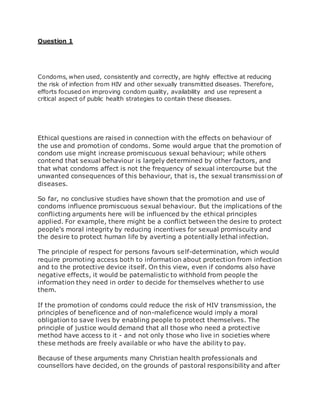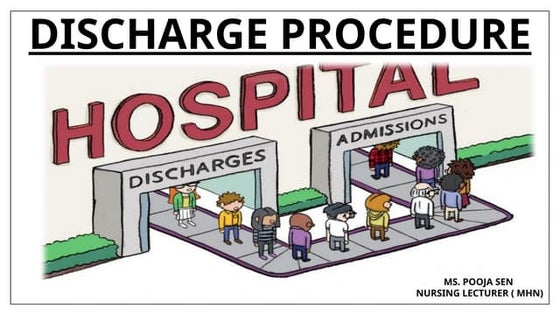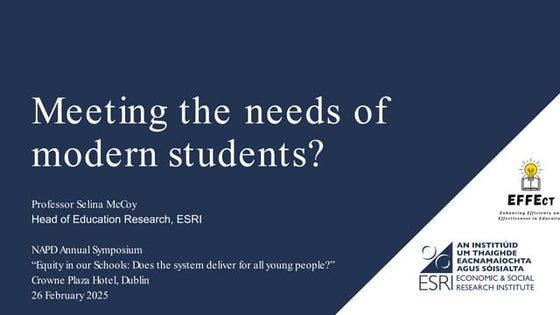Business ethics
- 1. Question 1 Condoms, when used, consistently and correctly, are highly effective at reducing the risk of infection from HIV and other sexually transmitted diseases. Therefore, efforts focused on improving condom quality, availability and use represent a critical aspect of public health strategies to contain these diseases. Ethical questions are raised in connection with the effects on behaviour of the use and promotion of condoms. Some would argue that the promotion of condom use might increase promiscuous sexual behaviour; while others contend that sexual behaviour is largely determined by other factors, and that what condoms affect is not the frequency of sexual intercourse but the unwanted consequences of this behaviour, that is, the sexual transmission of diseases. So far, no conclusive studies have shown that the promotion and use of condoms influence promiscuous sexual behaviour. But the implications of the conflicting arguments here will be influenced by the ethical principles applied. For example, there might be a conflict between the desire to protect people's moral integrity by reducing incentives for sexual promiscuity and the desire to protect human life by averting a potentially lethal infection. The principle of respect for persons favours self-determination, which would require promoting access both to information about protection from infection and to the protective device itself. On this view, even if condoms also have negative effects, it would be paternalistic to withhold from people the information they need in order to decide for themselves whether to use them. If the promotion of condoms could reduce the risk of HIV transmission, the principles of beneficence and of non-maleficence would imply a moral obligation to save lives by enabling people to protect themselves. The principle of justice would demand that all those who need a protective method have access to it - and not only those who live in societies where these methods are freely available or who have the ability to pay. Because of these arguments many Christian health professionals and counsellors have decided, on the grounds of pastoral responsibility and after
- 2. careful consideration, to provide their clients with condoms when specifically requested. This is done without claiming that condom use is or should be the only answer to the question of HIV prevention. Condoms are only one of a range of methods to prevent HIV transmission. The primary aim must be to change behaviour and social conditions in a way which puts people at a lower risk of coming into contact with the virus. All choices have to be presented to the people concerned, and every effort must be made to empower them to make responsible decisions for their own lives, based on the options available according to current knowledge and experience. After careful consideration of the ethical questions and of the technical details, the following conclusion was drawn: Without blessing or encouraging promiscuity, we recognize the reality of human sexual relationships and practice and of the existence of HIV in the world. Scientific evidence has demonstrated that education on positive measures of prevention and the provision and use of condoms help to prevent transmission of the virus and the consequent suffering and death for many of those infected. Should not the churches, in the light of these facts, recognize the use of condoms as a method of prevention of HIV? Utilitarian ïŪ Comparingbenefitsandcosts ïŪ Actionisethical if netbenefitsexceednetcosts ïŪ But difficulttomeasure some humanandsocial costs. Majoritymaydisregardrightsof minority ïŪ Question2. Corporate Social Responsibility: a business philosophy which stresses the need for firms to behave as good corporate citizens, not merely obeying the law but conducting their production and marketing activities in a manner which avoids causing environmental pollution or exhausting finite world resources. Some businesses have begun to behave in a more socially responsible manner, partly because their managers want to do so, and partly because of fear of environmentalist and consumer pressure groups and the media, and concern for their public image. It is argued that socially responsible behaviour can pay off in the long run, even where it involves some short-term sacrifice of profit.
- 3. How powerful is corporate social responsibility? Does it have the power to improve serious social issues? Issues such as poverty that threaten economic success and our ability to live in harmony on this planet? Could CSR be a poverty-reduction strategy? The short answer is, yes. How? Well, thatâs a longer answer. In the next several posts I will examine the proactive, concrete role companies can play to address poverty and other serious social issues. The World Economic Forum (WEF) 2013 Global Risks Report reveals a host of social mega-trends: labour market imbalances, mismanaged urbanization, global governance failure, corruption, food shortages, population aging and chronic disease among others. But what risk tops all others as the most likely global risk to manifest itself over the next 10 years? If you said the growing gap between rich and poor â youâre right. The WEF report calls it âsevere income disparityâ. The Organization for Economic Co- operation and Development (OECD) 2011 report substantiates the finding with data on the widening gap between the richest and poorest citizens in OECD countries. Inequality was higher in OECD nations in 2011 than at any point in the last 30 years. Even in our democratic, well-resourced country the average income of the top 10 per cent of Canadians in 2008 was 10 times higher than that of the bottom 10 per cent, up from a ratio of eight to one in the early 1990s. The gap is expected to increase, having unimaginable consequences for social cohesion. Whatâs driving this trend and how can business respond? Theories abound. The single most important driver, not surprisingly, has been greater inequality in wages and salaries. My blog post on excessive CEO pay talks about the growing wage gap between CEOs and workers. It notes that socially responsible companies such as Vancity are implementing living wages. As well, Vancity tracks and reports the ratio of its CEO salary to entry-level employee salary. Its CEO salary was 25 times that of its entry-level worker in 2011. (In Canada in 2010, the average CEO pay was 149 times that of the average Canadian worker!). These measures are important but not enough to address growing inequality. In this series of posts I will identify tools that companies can employ to make their operations more socially sustainable and positively affect the world around them. If you are ready to roll up your sleeves now, here are examples of proactive tools. Recently, with Canadian Business for Social Responsibility (CBSR), I researched and developed a list of 19 Qualities of a Transformational Company. The qualities are designed to be aspirational and inspirational â to act as a roadmap. By embracing these qualities,
- 4. companies will be prepared to respond to global environmental and social mega-trends â and to contribute to a sustainable world. For companies that want to make a difference in the social sphere, I have developed a social sustainability framework. And for small- and medium-sized businesses (SMEs), I co-authored with Amy Robinson for Industry Canada an SME social sustainability roadmap. I realize each of these tools has a number of steps and built-in complexities â after all we are changing the world! So in the next series of posts, Iâll walk you through the steps of the SME sustainability roadmap to help answer the âHow?â And along the way, I will demonstrate how CSR/sustainability can be both a poverty reduction strategy and a social innovation tool.



















































